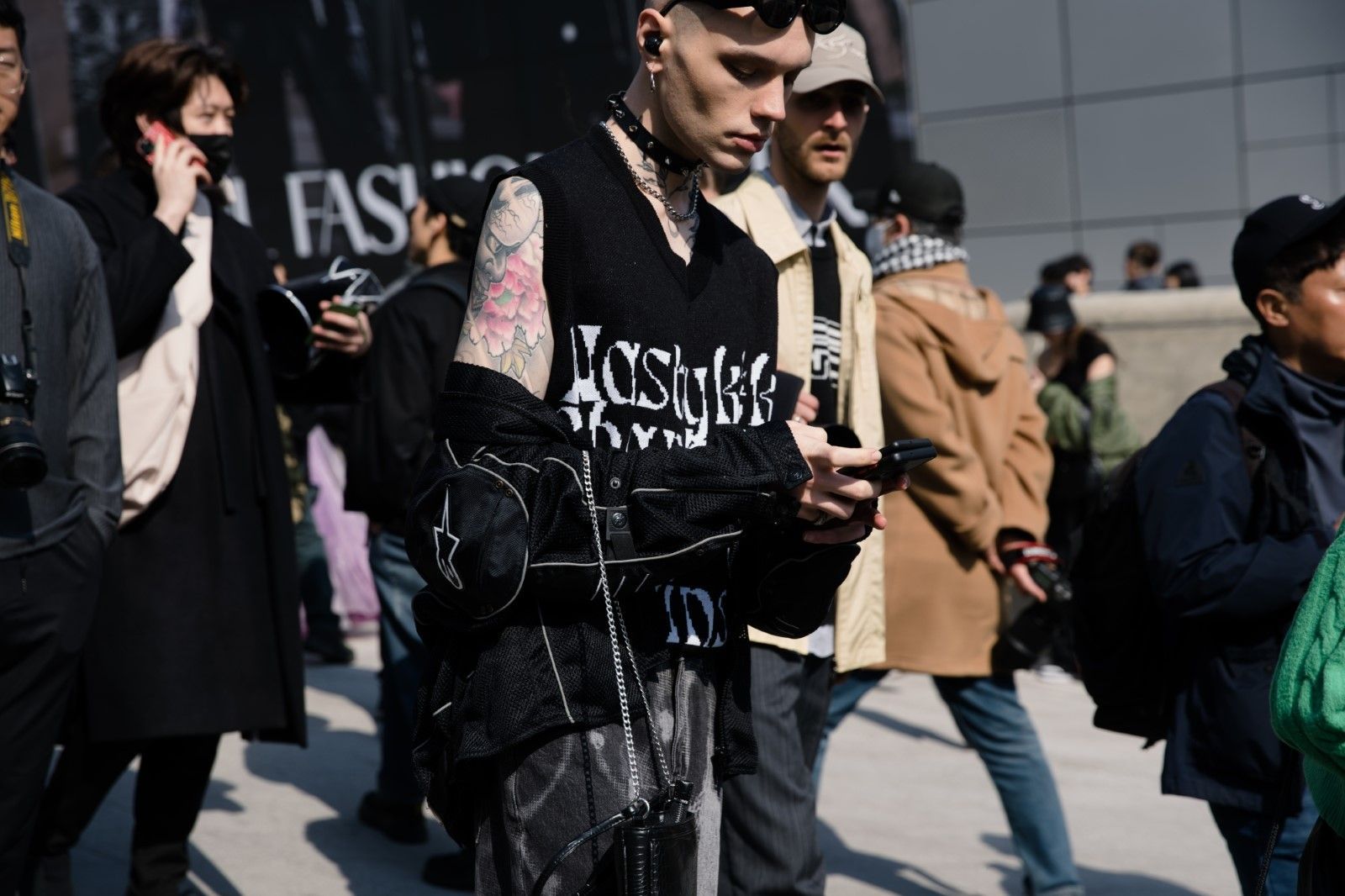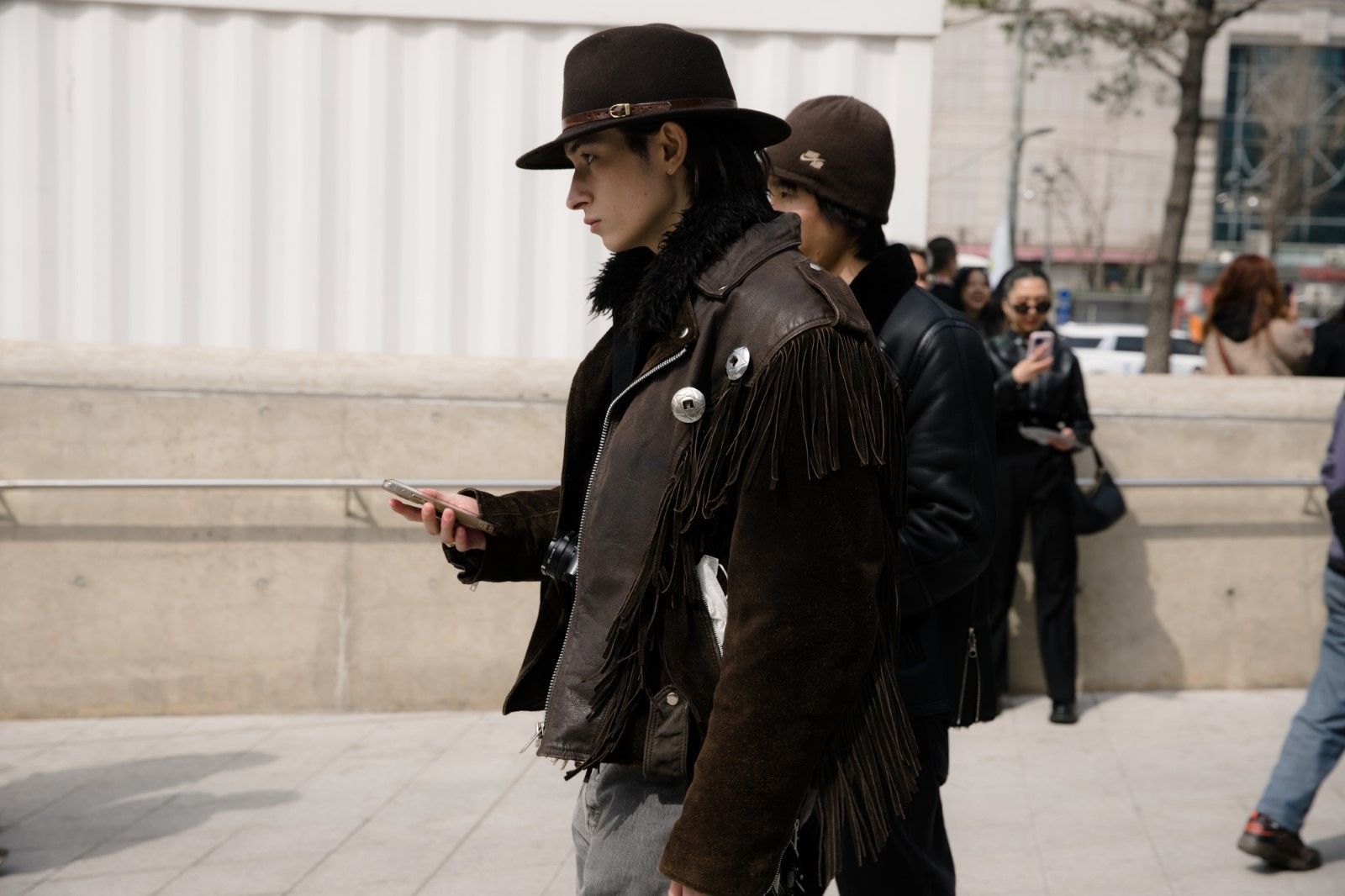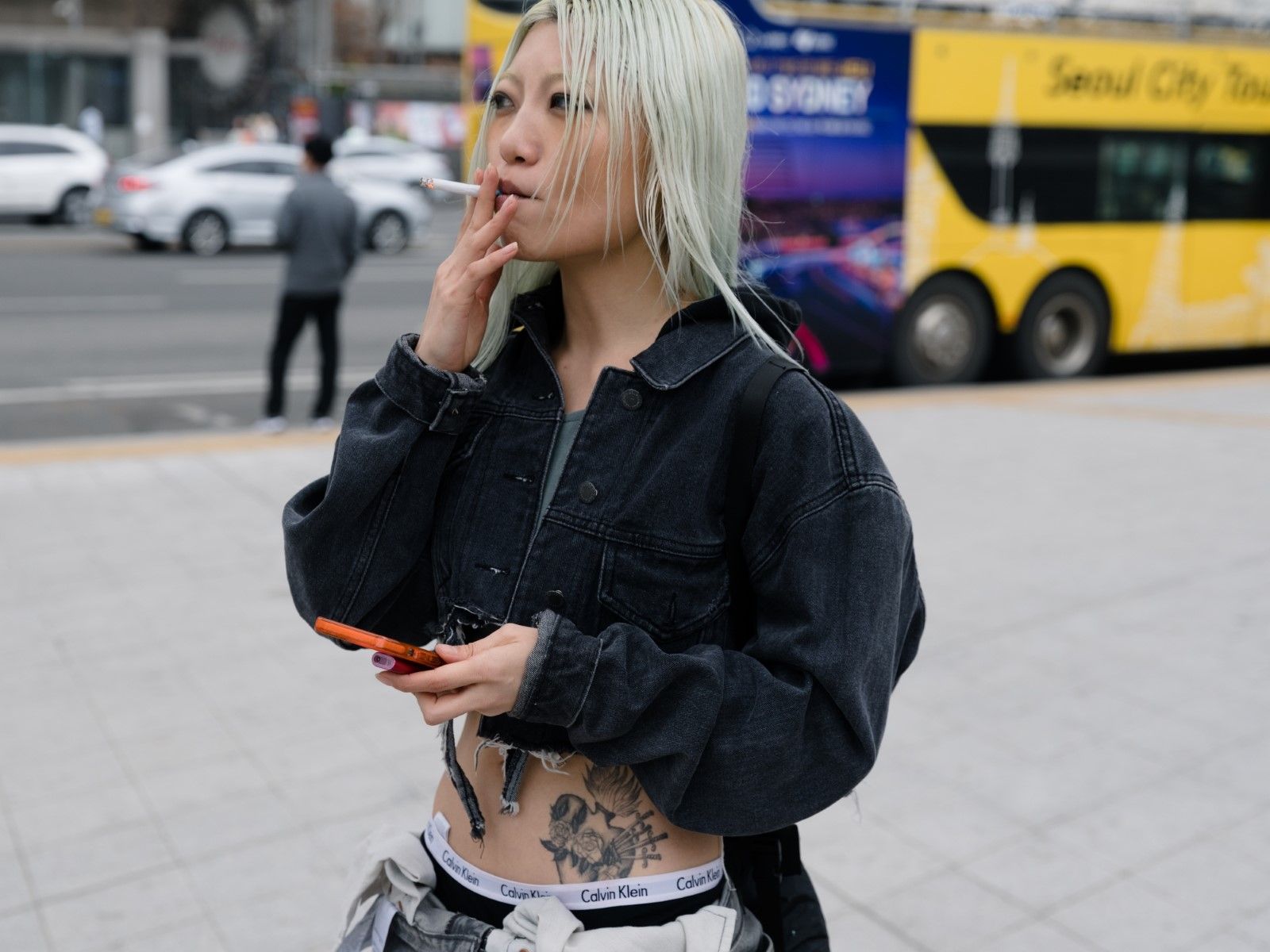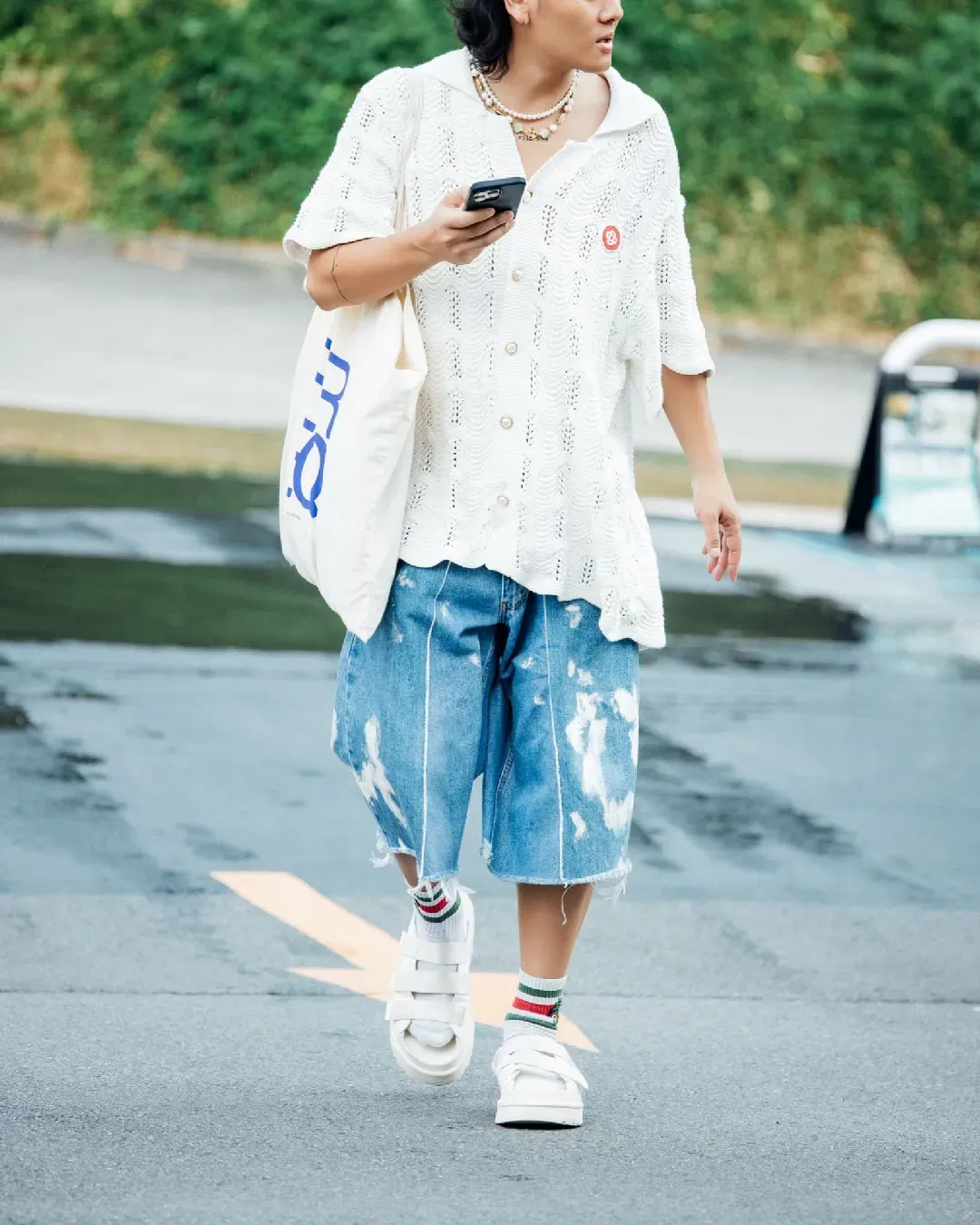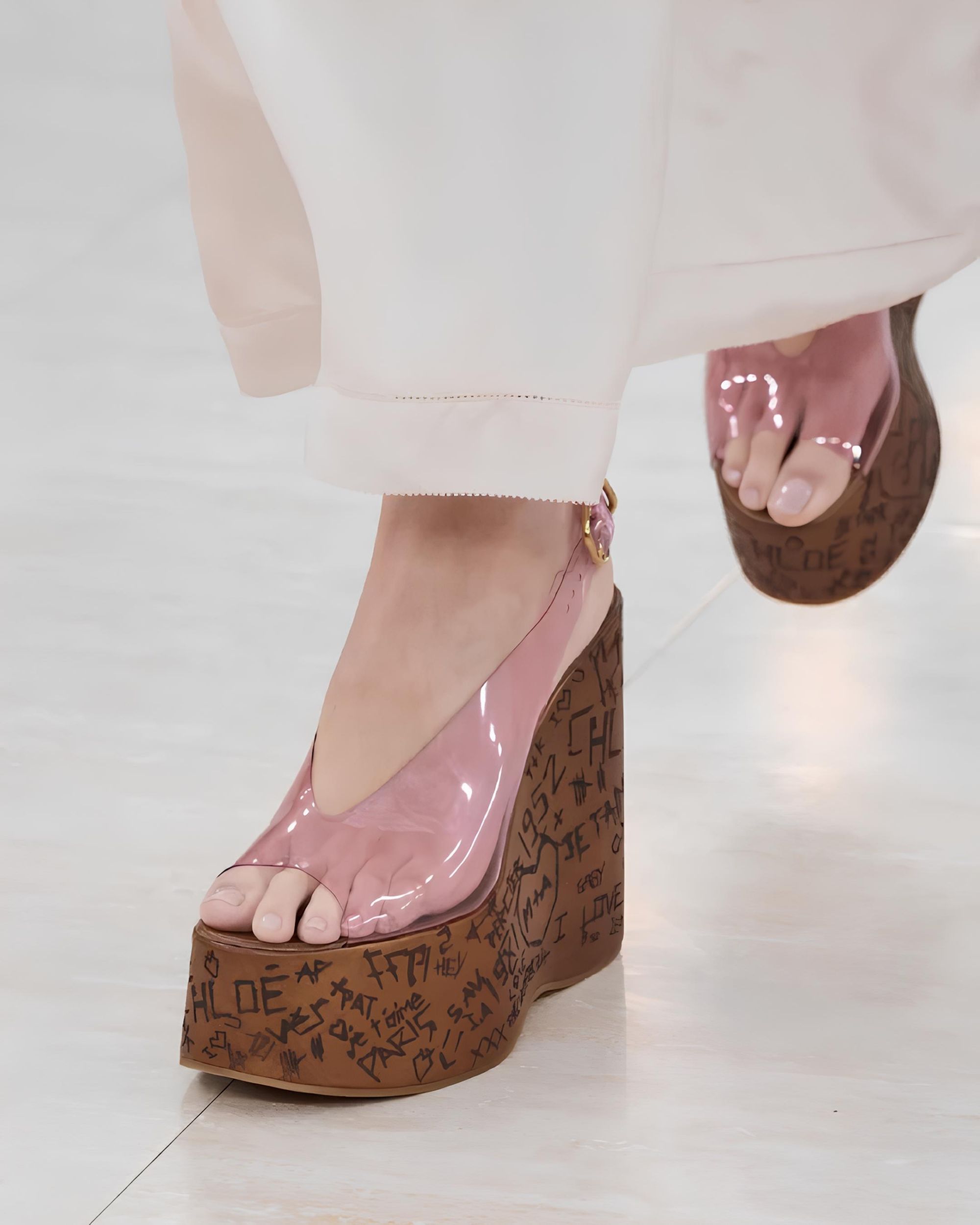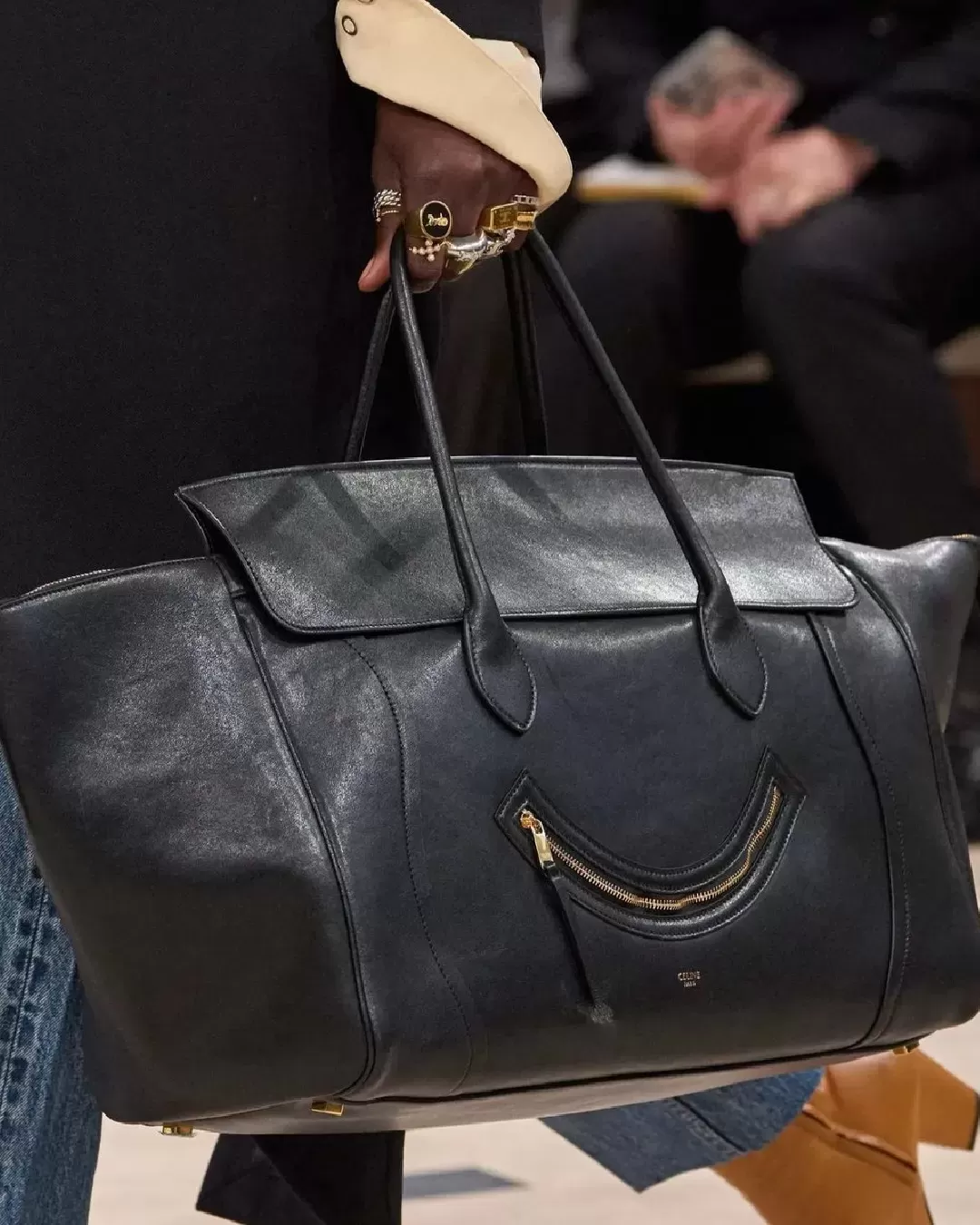
How do you measure a brand's social success? And above all, how much does it affect sales
When brands discovered social media in the 2010s, they started measuring the success of a campaign by the most obvious metrics: the number of likes, comments, clicks and followers, without even having the ability to distinguish whether these numbers were real or fictitious. They soon realised that numbers cannot show the real return of an online post and that there is no standard way to compare different platforms, as a comment on Instagram is not comparable to a retweet. This is where conversation metrics come in: TribeDynamics and Launchmetrics, Captiv8, GRIN and Lefty are just a few of the platforms that offer their services to brands on a daily basis to quantify their performance on social networks, even assigning a monetary value to a certain number of online impressions using different methods. The problem with this? They do not always come to the same conclusions and it's hard to say which is more reliable.
Influencer marketing platform TribeDynamics, for example, uses Earned Media Value (EMV), a method for calculating the relevance of content produced by brands through marketing or PR activities, outside of ads and posts by the brands themselves. The fashion data analytics company Launchmetrics uses Media Impact Value (MIV) instead. This means that when Rihanna dressed as the Pope makes a splash at the Met Gala, Priscilla Ono (the make-up artist who created this eye-catching look) can compare media impact across print, online and social, while brands can compare the buzz generated by the celebrities who wore their creations with that of other brands. Lefty, for example, estimates the number of impressions per post and puts a value of $100 per thousand views on Instagram. At the same time, TribeDynamics' algorithm takes into account the size of an artist's following, the level of engagement with their audience and the platform they operate on.
Metrics are often used to demonstrate the success (or decline) of a brand in the media. This involves not only comparing one's own performance with that of other brands, but also comparing one's own performance with past performance. For example, for an emerging brand, an MIV or EMV that matches that of a more established competitor is something to boast about, while a brand hosting a fashion show can compare the conversations created around this year's event with those of the previous year to see which creators interacted. But there are also limitations. For starters, it's not always clear how the dollar value of an EMV translates into actual sales: In November, Balenciaga's EMV was $41 million, up from September and not far from October's figure, but the brand's campaign scandal led to social attention but also a drastic drop in sales. Some even suggest that such metrics encourage brands to pursue ever more extravagant initiatives to ensure they go viral on social media, from Schiparelli's stuffed heads to the robot dogs at the recent Coperni show. What's more, these reports sometimes come to different conclusions about the same campaigns. Lefty found that Celine was the most successful brand on Instagram in February and March, according to Tribe it was Louis Vuitton. One thing is for sure though, media is becoming increasingly heavy and important in the lives of brands.










































